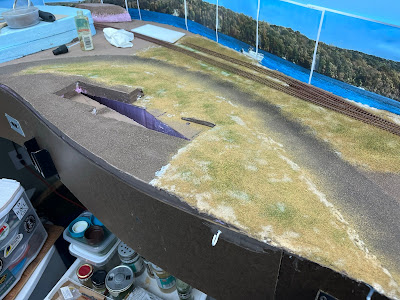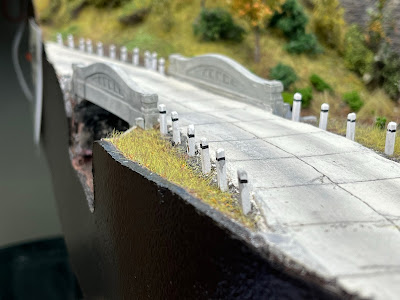(Ok - so this post has nothing to do with the Valley Line, and I post it on this day every year, but I include it because it gives me a chance to combine my two primary passions: the New Haven Railroad & bicycling. It's also an absolutely wonderful window into the past - a veritable time machine, a trip down Memory Lane despite the fact that you're viewing it on a computer or tablet. So, turn back the pages of history and get a little glimpse of what life was like in New England on the New Haven Railroad on the eve of World War II, 82 years ago today . . .click to cue the music)
September 28, 1941 was a Sunday. An early autumn day in Southern New England, clear and mild.World War II had been raging in Europe for exactly two years this month. The German army had advanced into the Soviet Union over the summer and was riding high on the success of having already conquered most of Western Europe. France had just been split into German-occupied and Vichy zones the previous month.
It wasn't learned until much later that at some point in the days leading up to September 28, 1941, there was an important meeting concerning Nazi Germany's capacity to develop nuclear weapons. We thought the atomic age didn't start until four years later.
We didn't yet have to "Remember Pearl Harbor."
On this particular Sunday, the Japanese were celebrating the 10 year anniversary of occupying China's northeast territory of Manchuria. At some point during that same day, perhaps as some sign of heaven's outrage at such an audacious celebration, the sun was blacked out during a total eclipse visible in most of China - from just northeast of the Black Sea to the Pacific ocean.
Just three weeks earlier, the Japanese government assured President Roosevelt that it had "no imperialist designs on any foreign nation."
Britain had survived the Blitz, which ended the previous May - the same month Glenn Miller first recorded "Chattanooga Choo Choo" which was featured in a hit movie starring Sonja Henie. "Blue Champagne" by the Jimmy Dorsey Orchestra was the #1 song of the land on September 28, but the Henie movie, "Sun Valley Serenade," was released to theaters exactly a month earlier. By then "Chattanooga Choo Choo" was already a top ten on the Hit Parade, well on its way to becoming the first gold record ever the following February. It was the nation's #1 hit by that December.
Bobby-soxers fed the voracious appetite of juke boxes across the country one nickel at a time and made Frank Sinatra the top male vocalist that year.
Families had probably gone to church that Sunday morning in Connecticut, though some navy yard workers may have slept in having worked so hard to launch the Gato Class submarine USS Greenling (SS-213) at the Electric Boat Co., in Groton the previous Saturday. Some were still marking the 3 year anniversary of the Great New England Hurricane that devastated the Connecticut coast and rendered Hollywood screen siren Katherine Hepburn temporarily homeless, having to rebuild her family's home in Old Saybrook.
But there was no sign of bad weather on this day, and at least a few folks took advantage of the beautiful Sunday afternoon to go for a bike ride and have a picnic - all courtesy of the New Haven Railroad.
There aren't many left that remember the "Hobby Trains" run by the New York, New Haven & Hartford Railroad (aka the "New Haven") during the late 1930s and early 1940s. In an effort to boost ridership, the New Haven took advantage of the fact that their railroad connected the Great Metropolis of New York with New England. There were camp trains in the summer and ski trains in the winter. Photography specials in the spring and all year 'round. But what better time for a Bike Train than Autumn and what better place than the Berkshire Hills?
Thanks to a discovery of raw film footage by the NHRHTA, we can go back to that Sunday almost eight decades ago and enjoy the sights of a pre-war bike ride. You'll have to pedal your single-speed cruiser over a bunch of rolling hills before you get to eat. Don't worry if you have to walk up some of them - and ladies, be sure to mind your skirts that they don't get caught in the spokes. There are no "rest stops" as we think of on 21st century rides - bits of orange and Powerbars - but an entire spread complete with potato salad, Boston baked beans, chicken and watermelon awaits us.
So give your Schwinn, Columbia or Raleigh to the porter to put in the baggage car, give the conductor your ticket, and enjoy the trip. The train is about to arrive at the station . . .
Hope you enjoy this additional little journey down Memory Lane . . .















































